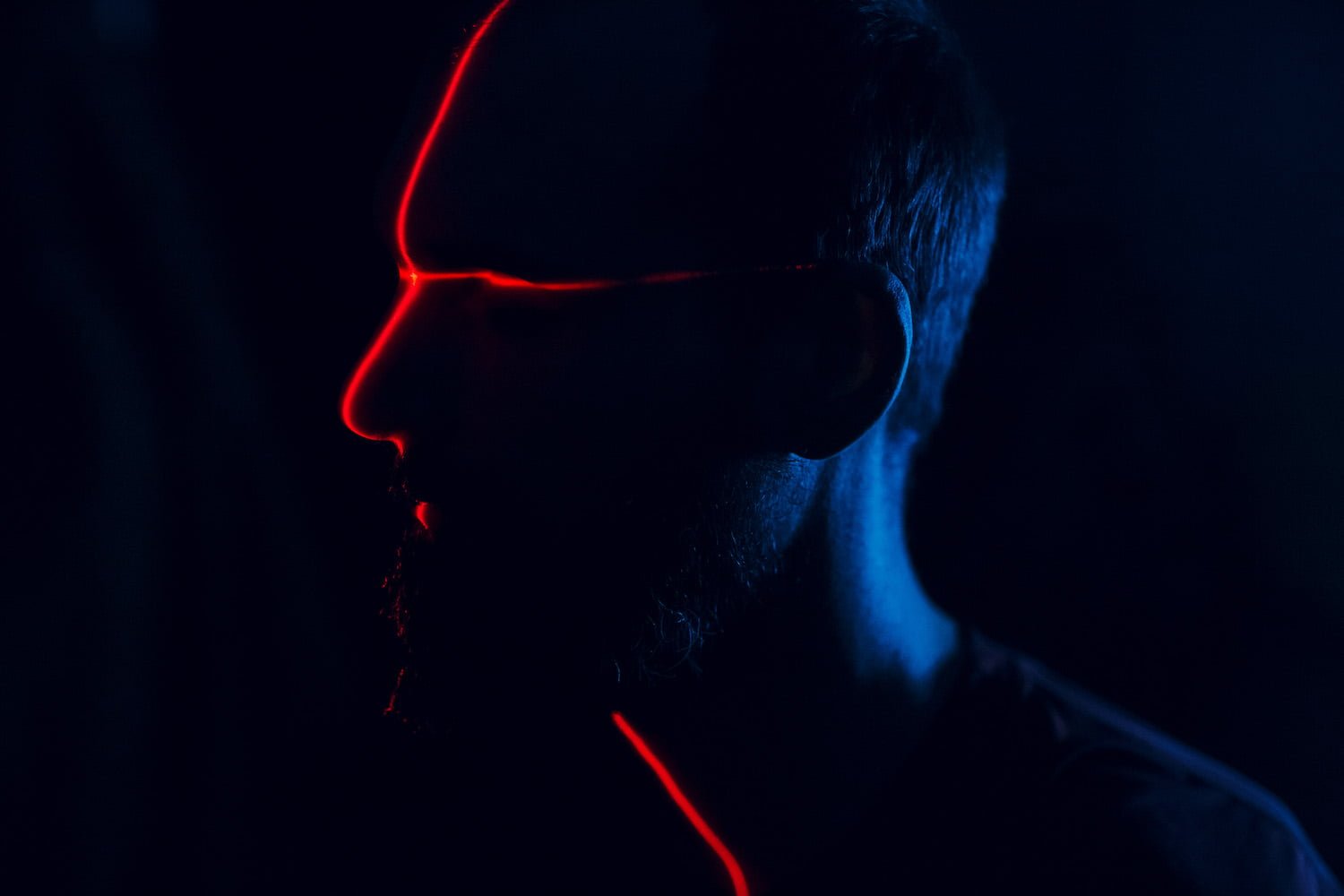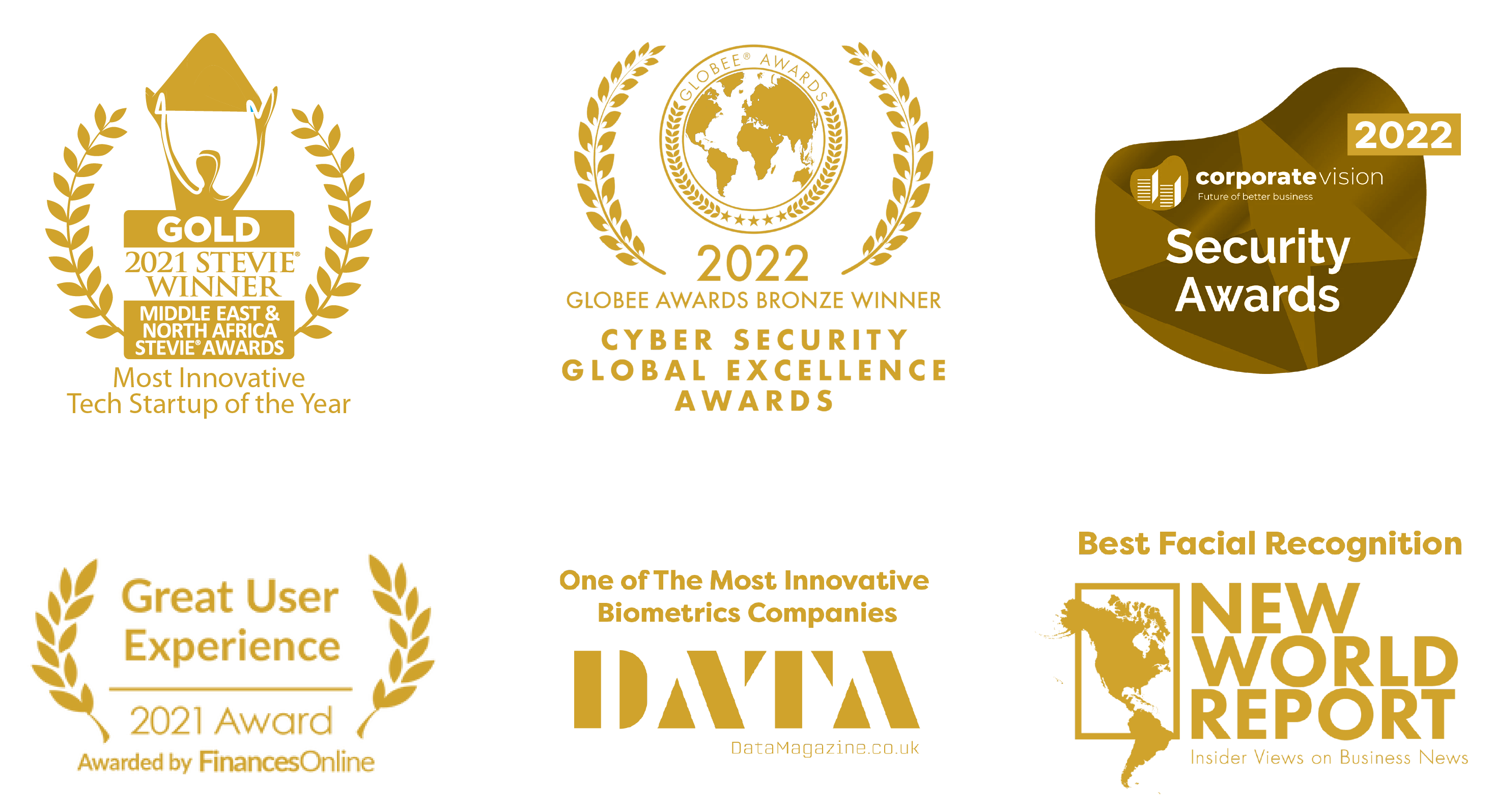Enhancing Security with Facial Recognition Blockchain
In today’s digital age, security is of utmost importance, especially when it comes to protecting sensitive information and ensuring the privacy of individuals. One emerging technology that holds tremendous potential in enhancing security measures is the combination of facial recognition and blockchain technology. By leveraging the unique features of facial biometrics and the decentralized nature of blockchain, organizations can establish robust security protocols that offer enhanced protection against unauthorized access and fraud.
Understanding Facial Recognition Technology
Facial recognition technology utilizes advanced algorithms to analyze and identify unique facial features of individuals. It involves the following key steps:
- Facial Capture: A camera or imaging device captures the facial image or video of an individual.
- Feature Extraction: Sophisticated algorithms extract key facial landmarks and characteristics, creating a digital representation of the face.
- Template Creation: The extracted facial features are converted into a unique biometric template, which serves as a digital identifier for the individual.
Facial recognition technology has gained significant traction across various industries, including security, law enforcement, and financial services. It offers the ability to authenticate individuals based on their facial biometrics, providing a more secure and convenient alternative to traditional authentication methods such as passwords or PINs.
The Power of Blockchain Technology
Blockchain, on the other hand, is a decentralized and immutable ledger that records transactions across a network of computers. It provides a transparent and secure framework for storing and managing data. Some key characteristics of blockchain technology include:
- Decentralization: Blockchain eliminates the need for a central authority by distributing data across multiple nodes, enhancing the security and resilience of the system.
- Immutability: Once data is recorded on the blockchain, it becomes tamper-resistant and cannot be modified without the consensus of the network participants.
- Transparency: Blockchain transactions are transparent and auditable, allowing for greater accountability and trust.
By combining facial recognition technology with blockchain, organizations can leverage the strengths of both technologies to enhance security and privacy.
Facial Recognition Blockchain for Enhanced Security
Integrating facial recognition technology with blockchain offers several advantages in terms of security and privacy:
- Secure Identity Verification: Facial recognition blockchain technology provides a robust mechanism for verifying the identity of individuals. By linking facial biometric data with a unique digital identifier on the blockchain, organizations can ensure that only authorized individuals gain access to sensitive information or secure areas.
- Immutable and Tamper-Resistant Data: Storing facial biometric data on the blockchain ensures its integrity and immutability. Once recorded on the blockchain, the data becomes tamper-resistant, making it highly secure against unauthorized modifications or alterations.
- Enhanced Privacy and Consent Management: Blockchain-based systems enable individuals to have greater control over their biometric data. Through smart contracts and decentralized identifiers (DIDs), individuals can grant or revoke access to their facial biometric data, ensuring privacy and consent management.
- Reduced Fraud and Identity Theft: Facial recognition blockchain technology offers a more secure alternative to traditional authentication methods. By relying on unique facial features, which are difficult to forge or replicate, the risk of fraud and identity theft can be significantly reduced.
Potential Applications of Facial Recognition Blockchain
The combination of facial recognition and blockchain technology opens up a wide range of potential applications across various industries:
- Border Control and Airport Security: Facial recognition blockchain systems can streamline airport security and border control processes. By securely linking individuals’ facial biometrics with their travel documents on the blockchain, authorities can expedite identity verification, enhance security measures, and improve overall efficiency.
- Financial Services: Facial recognition blockchain technology can strengthen authentication processes in the financial sector. By verifying customers’ identities through facial biometrics, financial institutions can reduce the risk of fraudulent activities, enhance transaction security, and provide a seamless user experience.
- Healthcare: Blockchain-based facial recognition systems can enhance patient identification and secure access to medical records. This can improve the accuracy of diagnoses, reduce medical errors, and ensure the privacy and integrity of sensitive healthcare data.
- Smart Contracts and Decentralized Applications: Facial recognition blockchain technology can be integrated with smart contracts and decentralized applications (DApps) to enable secure and automated identity verification in various scenarios, such as access control systems, secure voting platforms, or digital asset management.
Conclusion
Facial recognition blockchain technology holds tremendous potential in enhancing security, privacy, and trust in various domains. By leveraging the unique features of facial biometrics and the decentralized nature of blockchain, organizations can establish robust security protocols, reduce the risk of fraud, and provide individuals with greater control over their digital identities. As technology continues to evolve, we can expect further advancements in facial recognition algorithms and blockchain frameworks, contributing to a more secure and trustworthy digital landscape.
FAQs
- Q: How secure is facial recognition blockchain technology? A: Facial recognition blockchain technology offers enhanced security by leveraging the tamper-resistant nature of blockchain and the uniqueness of facial features. It provides a robust framework for protecting biometric data.
- Q: Can facial recognition systems be fooled? A: While facial recognition systems have improved significantly, they are not foolproof. Sophisticated attacks, such as spoofing or presentation attacks, can still bypass facial recognition systems. Continuous research and development are necessary to enhance system resilience.
- Q: What are the privacy implications of facial recognition blockchain technology? A: Facial recognition blockchain technology can enhance privacy by allowing individuals to have control over their own biometric data. Privacy-preserving techniques, such as zero-knowledge proofs, can be employed to verify identities without revealing sensitive information.
- Q: What are the potential risks associated with facial recognition technology? A: Risks associated with facial recognition technology include privacy breaches, algorithmic bias, and potential misuse of biometric data. It is crucial to implement robust security measures, ethical frameworks, and regulatory guidelines to mitigate these risks.
- Q: How can facial recognition blockchain technology benefit businesses? A: Facial recognition blockchain technology offers businesses enhanced security, streamlined authentication processes, and improved user experiences. It can help prevent identity theft, reduce fraud, and build trust with customers.
Contact us today and schedule a demo for all your facial recognition blockchain technology.



